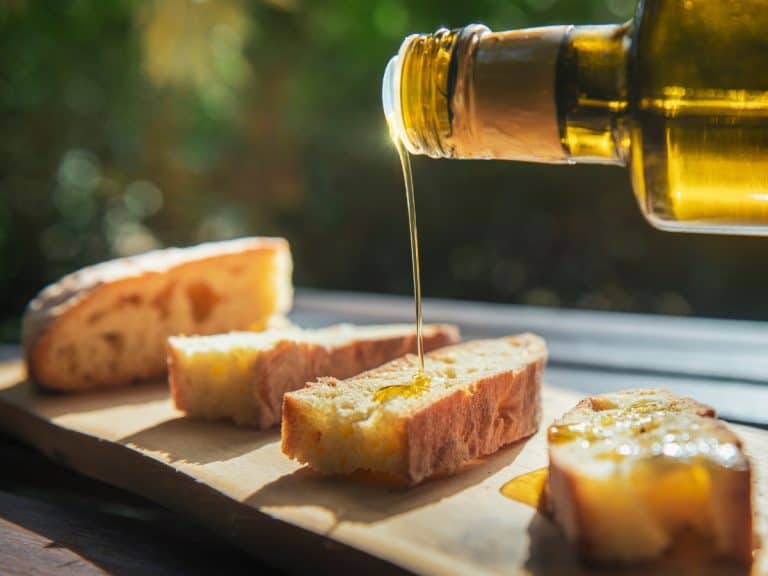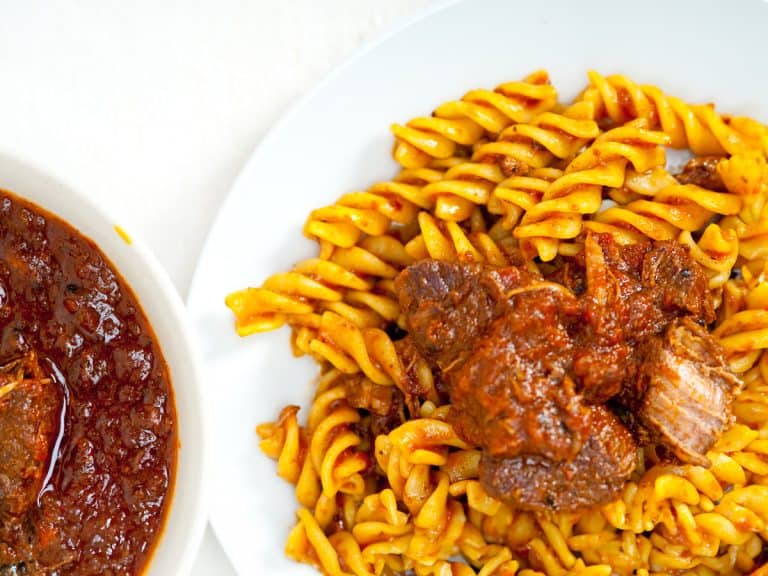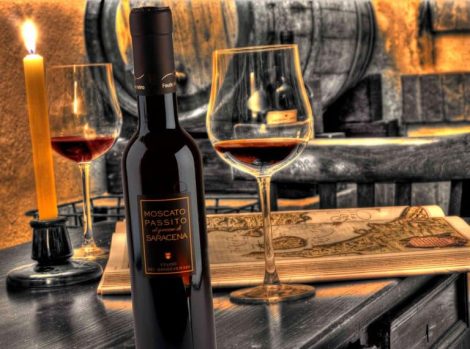A truly surreal olive campaign is what we have witnessed in recent months, with drought taking center stage, olives reaching stratospheric prices (up to 180 euros per quintal for the Puglian Coratina), and enlightened producers striving to safeguard the typical aromas of the many native varieties that characterize the Peninsula. All this with the specter of the olive crisis gripping Spain, the world's leading producer of extra virgin olive oil, which is of course influencing the prices of green gold globally. A series of not exactly advantageous factors that, however, have not discouraged the many producers who have decided to raise the flag of quality high, both in the fields and in the mill. Our new Oli d'Italia 2024 guide, presented at Vinitaly in Verona, tells how the production of extra virgin is changing, remaining nevertheless a product of the highest quality. This year, the oils awarded with the highest recognition of Tre Foglie are 191.
The right price
One of the very few positive aspects of the halving of Spanish production over the last two years is that with the retail price of European extra virgin ranging between 8 and 9 euros per liter, and 100% Italian ranging between 10 and 12 euros, people are forced to ask themselves a question in front of the shelf: which oil do I buy with a price difference of a couple of euros? Two euros may seem few, but they make a difference, especially when we consider that the oil awarded with the best quality/price ratio scored 94/100 and costs 14 euros per liter (in the 5-liter bag in box format). This narrowing gap leads the consumer to make an effort to think and make comparisons.
The olive campaign 2023/2024. Puglia teaches
Winter drought, spring rains, and scorching heat in summer created a patchy situation in the Peninsula, with only the South seeing a positive sign compared to last year, while the center-north suffered and fought against risks for fruit set and flowering first and attacks of olive fly later. In such a context, the lion's share, or rather the lioness's share, was taken by Puglia, which accounts for half of the national production and oils of great power and elegance.
The best oils of Italy according to Gambero Rosso
As is often said among industry insiders, it is in difficult years like this that we see who has managed the work in the olive groves and in the mill the best. And indeed, there have been no shortages of excellences that delighted us with vegetal, herbaceous, dried fruit, and leguminous aromas on the nose and palate.


 Neapolitan or Bolognese? The (tomato-free) history of the two ragùs that divide Italy
Neapolitan or Bolognese? The (tomato-free) history of the two ragùs that divide Italy Dom Perignon for dogs and sleepless rock stars: the bizarre requests to the world’s best hotel manager
Dom Perignon for dogs and sleepless rock stars: the bizarre requests to the world’s best hotel manager The oil always moves north, reaching England. How the map of olive trees is changing due to climate change
The oil always moves north, reaching England. How the map of olive trees is changing due to climate change The Nobel Sandwich we tried at CERN, just steps from antimatter
The Nobel Sandwich we tried at CERN, just steps from antimatter The two young talents from Gattinara revolutionising Italian cuisine
The two young talents from Gattinara revolutionising Italian cuisine






